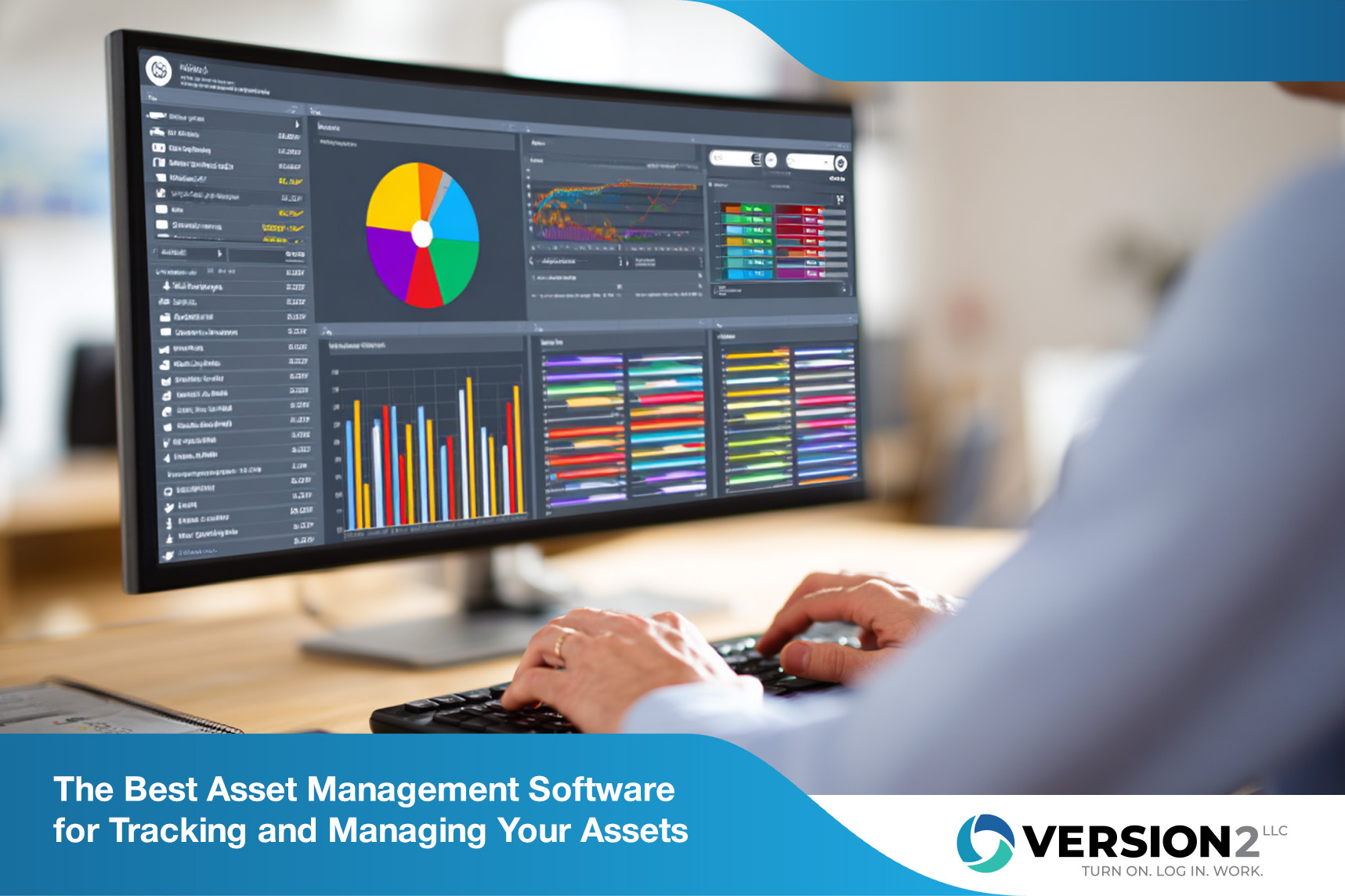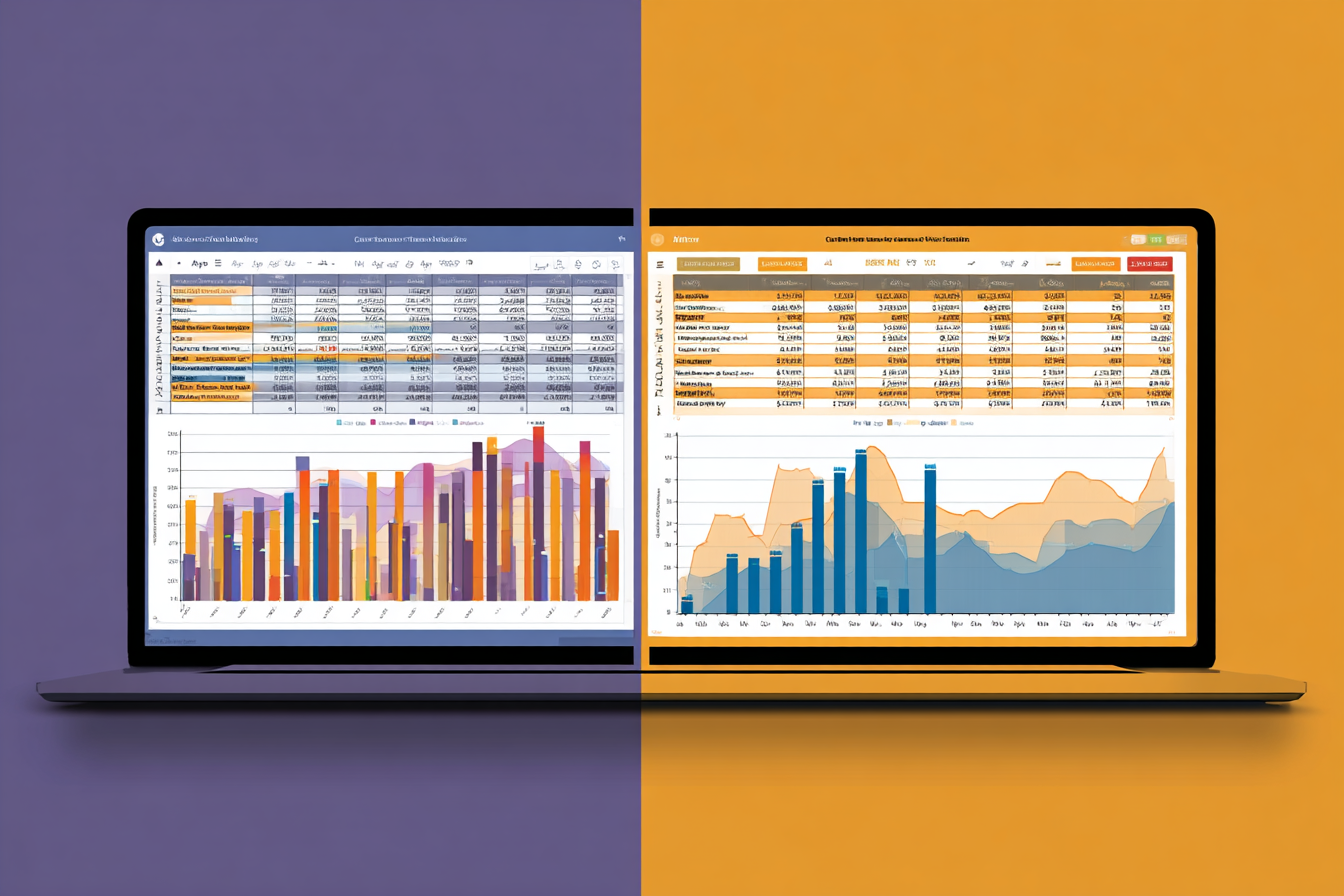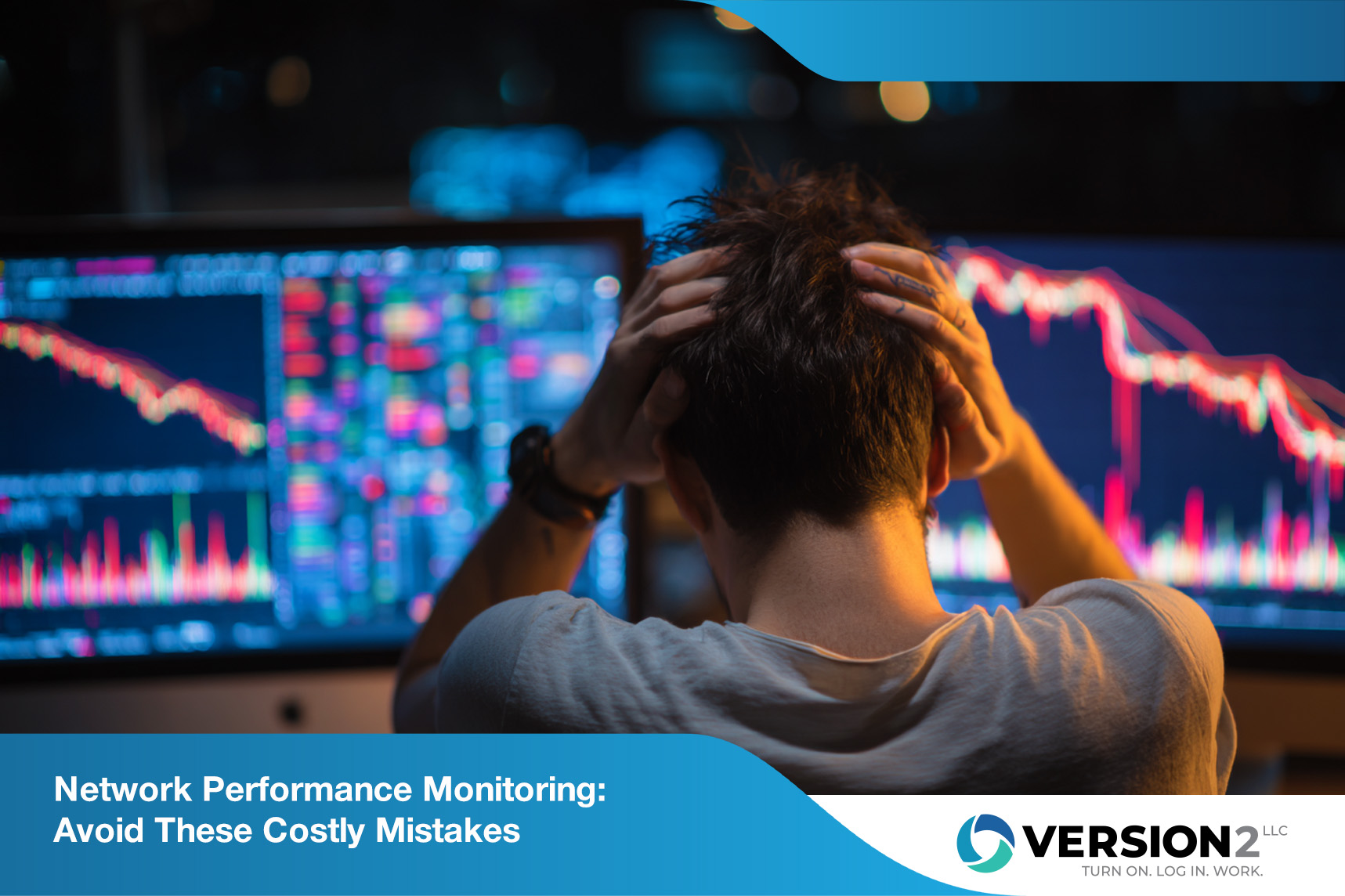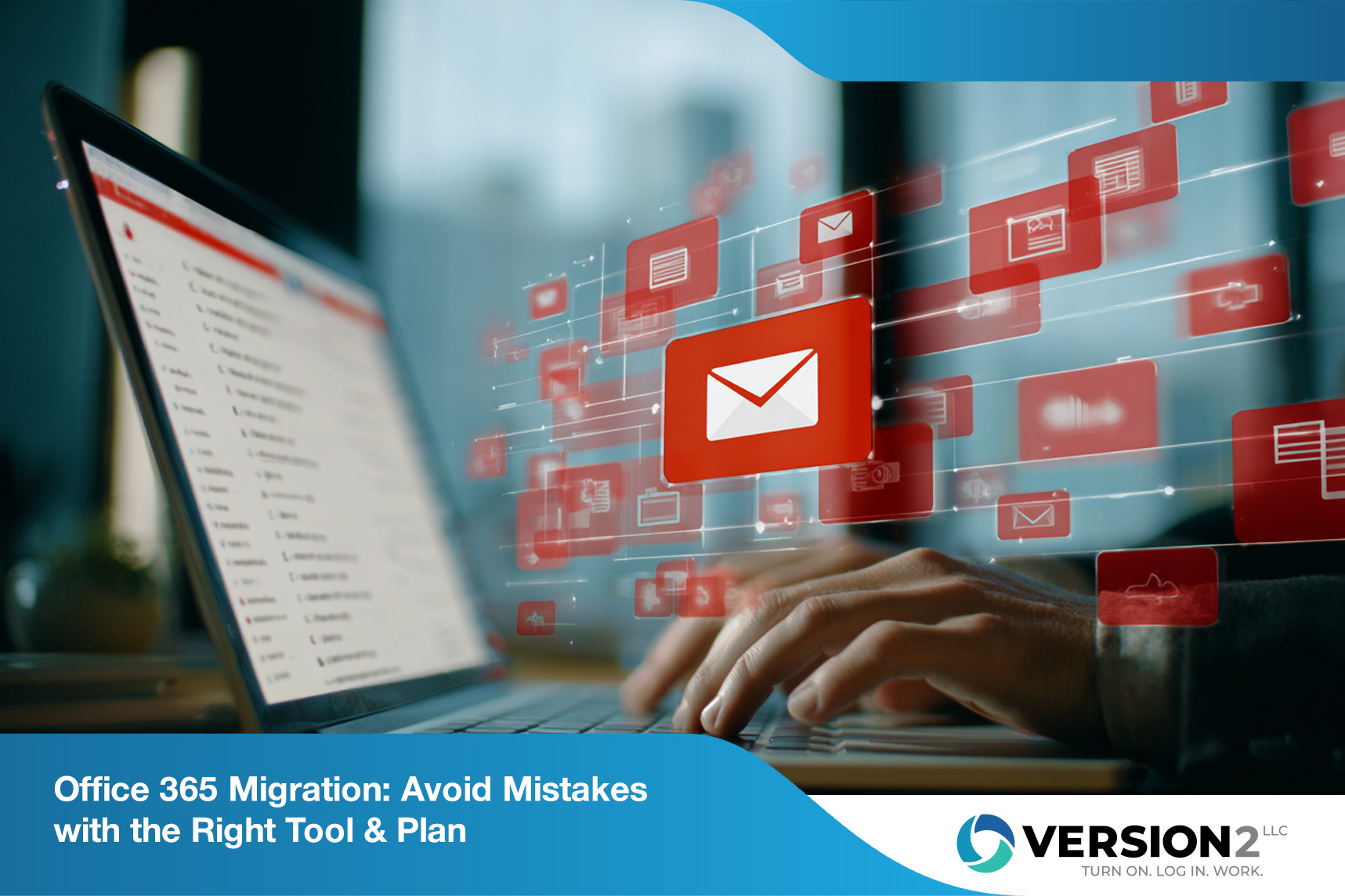
October 29, 2025
Cloud Cost Optimization Tools, Budget Tips & Best Practices
Explore cloud cost optimization strategies, tools, and best practices to reduce waste, manage cloud spend, and improve visibility across your cloud environment.
August 20, 2025

Managing hardware, software, and digital tools is more complex than ever before. With technology driving nearly every part of your operations, the demand for reliable, cloud-based asset management has skyrocketed. Whether you're handling ten assets or ten thousand, the right software can provide full visibility and control while cutting down on manual errors and operational inefficiencies.
This guide explores what makes an effective asset management solution, how it integrates into your systems, and why spreadsheets are no longer a safe choice.
Asset management refers to the process of monitoring, tracking, and optimizing your physical and digital assets. These include laptops, servers, routers, mobile devices, licenses, and more. When done properly, asset management helps reduce costs, improve security, and ensure compliance across your business.
Relying on spreadsheets and email trails to track assets often leads to outdated records, lost items, or overlooked software renewals. With an advanced asset management system in place, your team gains a single source of truth for everything—hardware, software, and even digital files.
Spreadsheets were never designed to handle dynamic, real-time asset tracking. While useful for budgeting or planning, they lack the flexibility and automation of asset tracking software.
Here’s where they fall short:
As your asset inventory grows, so does the risk of losing control. Transitioning from Excel sheets to dedicated asset management tools enables scalability, accuracy, and better collaboration.

When selecting the best asset management software, it’s essential to look for a feature-rich platform that matches your organization’s size, industry, and compliance needs. Top-tier solutions often include:
The best platforms act not only as an asset tracker but also as a centralized hub for service management and operations.
One of the key advantages of asset management software is automation. From onboarding new employees with pre-approved hardware to tracking warranty timelines and scheduling maintenance, automation reduces the administrative burden on your IT team.
With tools like Asset Panda, you can create customized workflows that ensure every asset goes through proper checks, updates, and disposals—improving accountability and streamlining your internal processes.

Integration is at the core of a modern asset management strategy. Your asset management platform should connect seamlessly with your existing tools, such as:
This ensures that asset data remains synchronized across systems and departments. You reduce the risk of siloed information and gain clearer insight into asset performance and costs.
Organizations that implement an asset management solution typically see improvements in:

Not all assets are physical. In fact, software license management is now just as critical as managing laptops or servers. A good asset management tool enables you to monitor both hardware and software assets, making it easier to:
Field teams, remote workers, and technicians need access to real-time asset information. That’s why cloud-based asset management solutions now offer mobile app functionality.
Whether you’re logging a new asset from a warehouse or scanning a barcode in a data center, a mobile app allows for real-time updates and minimizes delays. Look for platforms that support offline mode and camera-based scanning for the best performance.

Not every business manages the same types of assets. Some may focus on hardware asset tracking, while others prioritize digital asset management or service management. That’s why customization matters.
Choose a platform that:
When your asset management solution grows with you, it becomes a long-term strategic tool—not just a system of record.
The best asset management platforms offer more than just tracking—they enable teams to gain full visibility and control over every asset. With accurate data, automation, integration, and mobile functionality, you’ll be able to make better business decisions and stay ahead of compliance requirements.
By transitioning from manual tools like spreadsheets to a centralized, cloud-based asset management system, you ensure that your assets work for you—not against you.
For a comprehensive guide on how to implement and optimize these systems, the U.S. General Services Administration also offers excellent public resources for lifecycle and inventory best practices.
IT asset management (ITAM) is the practice of tracking and managing hardware and software assets across their lifecycle. It helps organizations improve visibility, reduce waste, and ensure compliance with vendors and regulatory standards.
The best asset management software for small businesses offers cloud-based access, mobile app support, and basic features like barcode scanning, license tracking, and easy integration with Microsoft 365.
Asset Panda stands out for its customization capabilities, user-friendly mobile app, and robust automation features. It’s ideal for companies that want to adapt asset tracking to their unique workflows.
While spreadsheets can work for small inventories, they lack automation, real-time updates, and audit trails. As your asset inventory grows, using asset management software becomes essential to maintain accuracy and compliance.

October 29, 2025
Explore cloud cost optimization strategies, tools, and best practices to reduce waste, manage cloud spend, and improve visibility across your cloud environment.

October 28, 2025
Discover how network performance monitoring helps detect issues, improve visibility, and optimize connectivity across hybrid and on-premises environments.

October 28, 2025
Learn how to plan and execute a smooth office 365 migration using the right tools, avoiding common mistakes, and following a proven checklist.